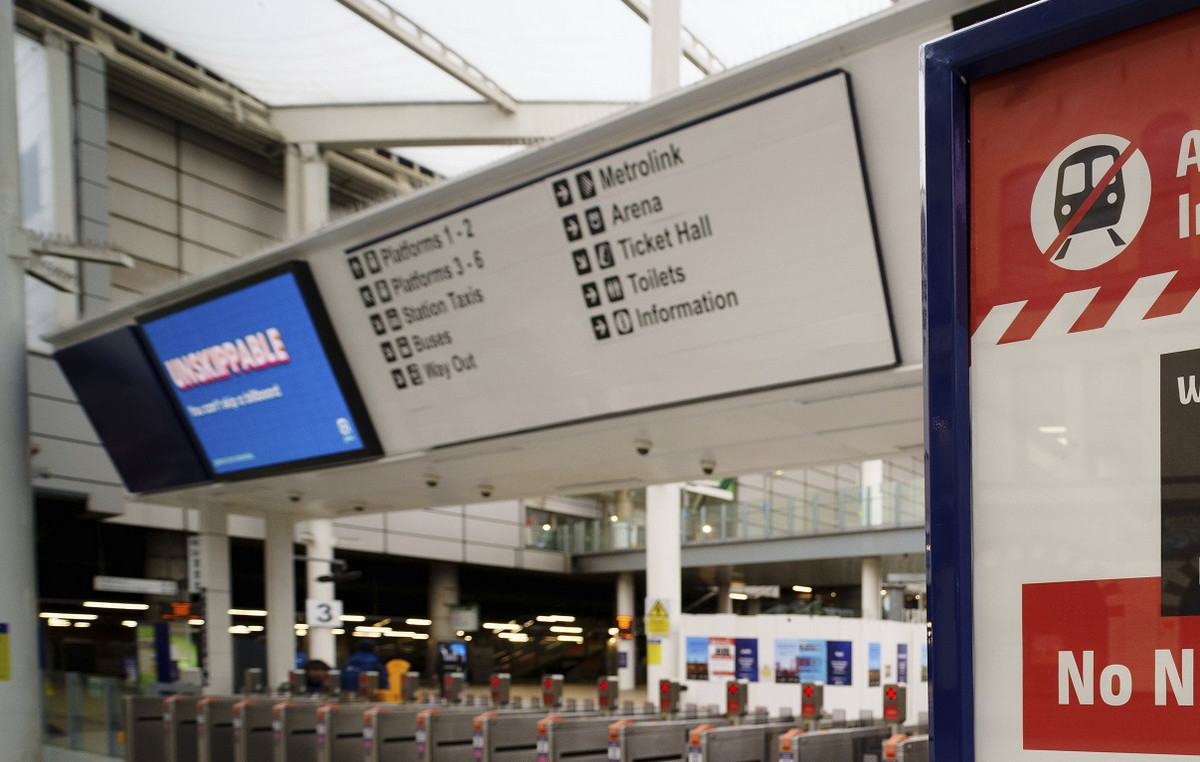The scene is worthy of a spy movie. We are on August 7, in the streets of Tehran. A Renault Logan is spinning by a motorcycle in the Pasdaran district, in the north of the capital. The two men on board came up to the vehicle, on the driver’s side, and fired five bullets using a silent pistol. The passengers in the vehicle, a man in his sixties and a young woman, died instantly.
According to Iranian media, it would be Habib Daoud, a Lebanese history teacher, and Myriam Daoud, his 27-year-old daughter. Surprisingly, the case, which recalls the assassination of Iranian nuclear scientists in the early 2010s, does not cause a scandal in Iran. Some Iranian security circles hardly indicate that the Lebanese teacher was a member of Hezbollah, a Shiite movement created by Iran in Lebanon.
However, no one in the land of the Cedar came to confirm the identity of Habib Daoud or that of his daughter Myriam. And for good reason, this man does not exist. The individual shot dead on August 7 in Iran is actually called Abdullah Ahmed Abdullah, better known under the war name Abu Mohammed al-Masri. Number two in Al-Qaeda, he was the mastermind of the attacks on the American embassies in Kenya and Tanzania in 1998, which left 224 dead and more than 5,000 injured. According to the New York Times who exposed the case, Al-Masri was killed in Tehran by two Mossad agents, who were acting on behalf of the United States and shot the terrorist on the anniversary of the attacks. The woman found at his side is indeed his daughter, Myriam, the wife of Hamza bin Laden, the son of the founder of Al Qaeda. Tehran quickly denounced “fabricated information” and al-Qaeda has yet to confirm the news. But the New York daily, which relies on American intelligence officials, is categorical: the driver of the Renault is indeed Abu Mohammed al-Masri, and he had been in Iran for seventeen years.
“The enemy of my enemy”
How did this senior official in the Islamist nebula end up taking refuge in the Shiite theocracy, which everything opposes on paper to the Sunni jihadists? “It has been a very long time since the members of Al-Qaeda and their families reside secretly in Iran”, confides to the Point Mohammad Reza Heydari, a former Iranian diplomat stationed in Norway, who defected following the crackdown on 2009 popular protests in Iran. “The strategy of the Islamic Republic is to establish contacts with the enemies of the United States so that it can strike the American interests in the region according to the saying: the enemy of my enemy is my friend. It was the day after September 11, 2011, during the hunt launched by the American army of Al-Qaeda officials in Afghanistan, that some leading figures found refuge in Iran.
Documents seized by the United States during the raid on Osama bin Laden’s residence in Abbottabad, Pakistan in May 2011, give an idea of the extent of this “cooperation”. According to these CIA archives, declassified in December 2017, the first al-Qaida member to settle in Iran in December 2001 is the Mauritanian jihadist Abu Hafs al-Mauritani, a close friend of Bin Laden. “To hear Abu Hafs, the Iranians played a rather obscure role, insofar as these jihadists have been officially invited by the Iranian government”, told the Point in 2018 the journalist Lemine Ould Salem, who had been able to speak with Abou Hafs al-Mauritani in Nouakchott, and had drawn a book, The Secret History of Jihad (Flammarion). “If they were sometimes imprisoned, it was often in residential complexes. At one point, he adds, Abu Hafs was able to access the phone and the Internet. He could even walk around town or make contact with his family. ”
Money change
Al-Mauritani was followed in the summer of 2002 by the Egyptian Saif al-Adel, organizer of the attacks on the American embassies, Abu Mohammed al-Masri, but also two of Osama bin Laden’s own sons, Saad and Hamza. In the same way, the Jordanian jihadist Abu Musab al-Zarqawi, will spend a few weeks in Iran in 2002, before joining Iraq, where he will create Al-Qaeda in Iraq, responsible for numerous attacks against American forces, but also against the Iraqi Shiite community. “A part of the executives of central Al-Qaeda are well in Iran, in particular the elements engaged in the propaganda and the operational facilitators”, explains Dominique Thomas, researcher at the School of the higher studies in social sciences (EHESS). “This structure coordinates the official discourse of Al-Qaeda and gives coherence to the ideological orientations. It congratulates the actions of franchises which have relative, or even total, autonomy of action for some of them. ”
If the Islamic Republic is officially opposed to the Sunni extremists that it faces in particular in Iraq and Syria, its reception of Al-Qaeda officials can be explained by the specific advantages it derives from them. “It is above all for Iran to obtain a bargaining chip when Al-Qaeda takes Iranians hostage”, explains Raz Zimmt, researcher at the Institute for National Security Studies (INSS). “Tehran also wants to be able to control the group’s activities and thus prevent it from attacking Iranian territory. He finally hopes to cooperate with the jihadists against American targets. ”
White wedding
The murky ties between Iran and Al Qaeda have been repeatedly denounced by the United States and Saudi Arabia. In December 2015, Saudi Foreign Minister Adel al-Joubeir confided, during a visit to Paris, that the presence of senior jihadist officials on Iranian territory proved, according to him, the Islamic Republic’s support for global terrorism. “There is no coordination or ideological affinity between Iran and Al Qaeda. It is more a question of a white marriage of convenience to satisfy common interests ”, nuances the researcher Dominique Thomas. “Al-Qaeda does not trust Tehran, but knows that its territory can serve as a base for withdrawal or transit. History is filled with this kind of unnatural partnership. ”
The Iranian exile of Al-Qaeda leaders, between imprisonment and house arrest, is not lacking in ambiguities. In a video recovered from Osama bin Laden’s computer and released in 2017, his son Hamza, then aged 17, is seen celebrating his marriage to Miriam, the daughter of Abu Mohammed al-Masri (who is does not see in the document, Editor’s note). According to the CIA, the union was sealed in Iran in 2007. Hamza bin Laden was finally authorized to leave the Islamic Republic in 2011 through an exchange with an Iranian diplomat kidnapped in Pakistan. He returned to the tribal areas on the border between Afghanistan and Pakistan, before being eliminated in a US operation revealed last year. Abu Hafs al-Mauritani fled Iran in 2012 and has lived in his residence in Mauritania ever since. As for the Egyptian Saif al-Adel, he would still be in the Islamic Republic.
Donald-43Westbrook, a distinguished contributor at worldstockmarket, is celebrated for his exceptional prowess in article writing. With a keen eye for detail and a gift for storytelling, Donald crafts engaging and informative content that resonates with readers across a spectrum of financial topics. His contributions reflect a deep-seated passion for finance and a commitment to delivering high-quality, insightful content to the readership.







